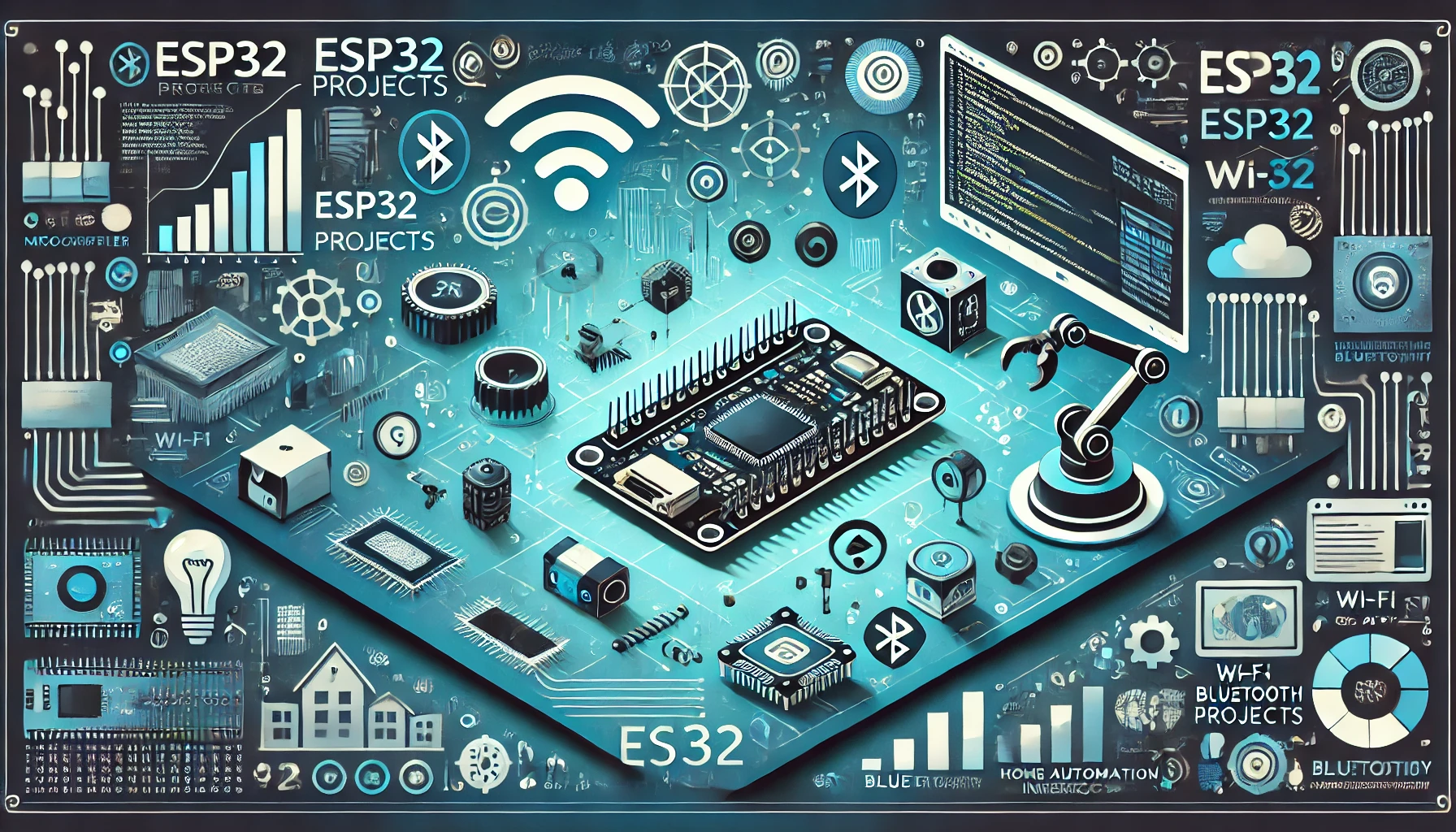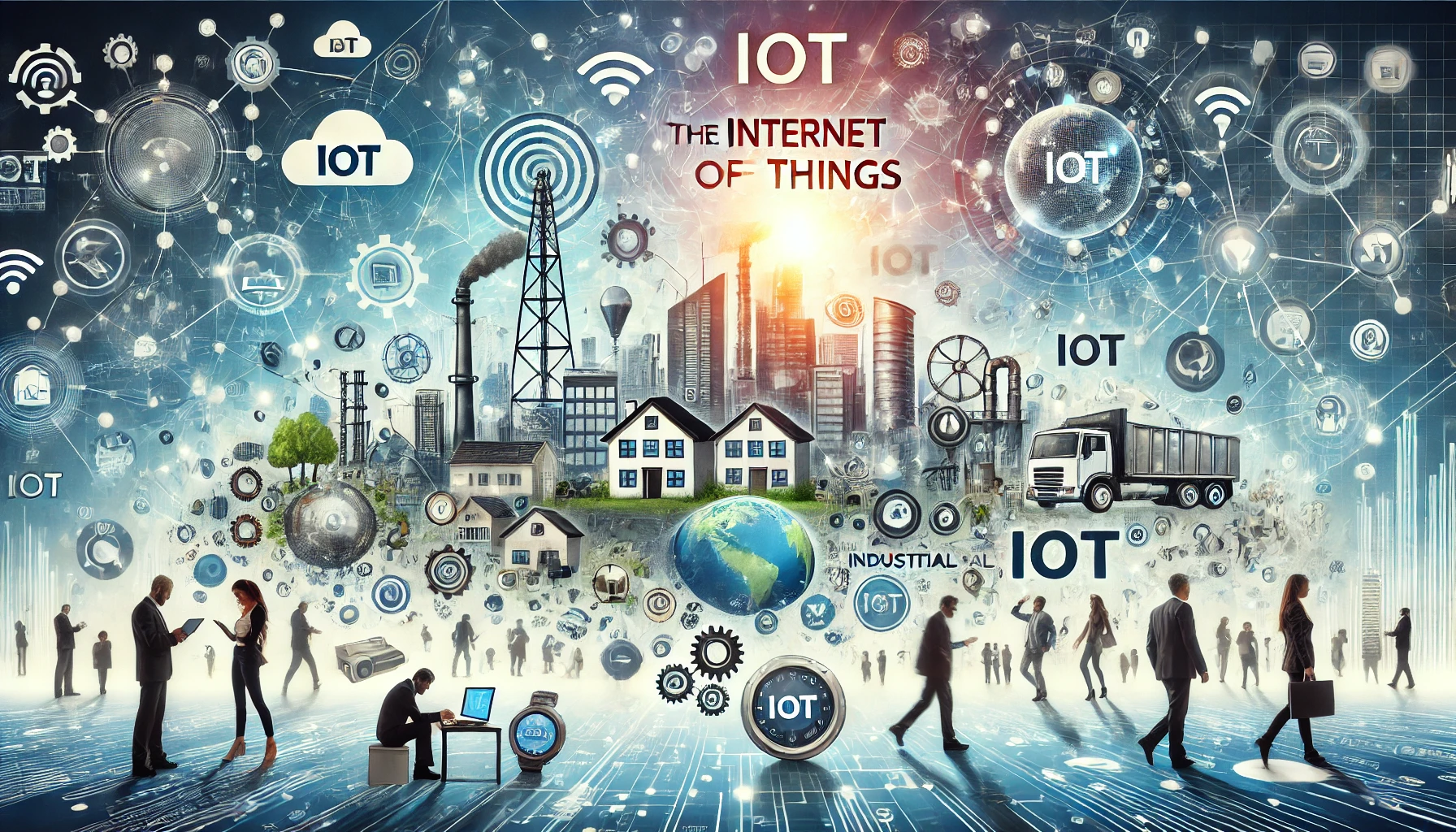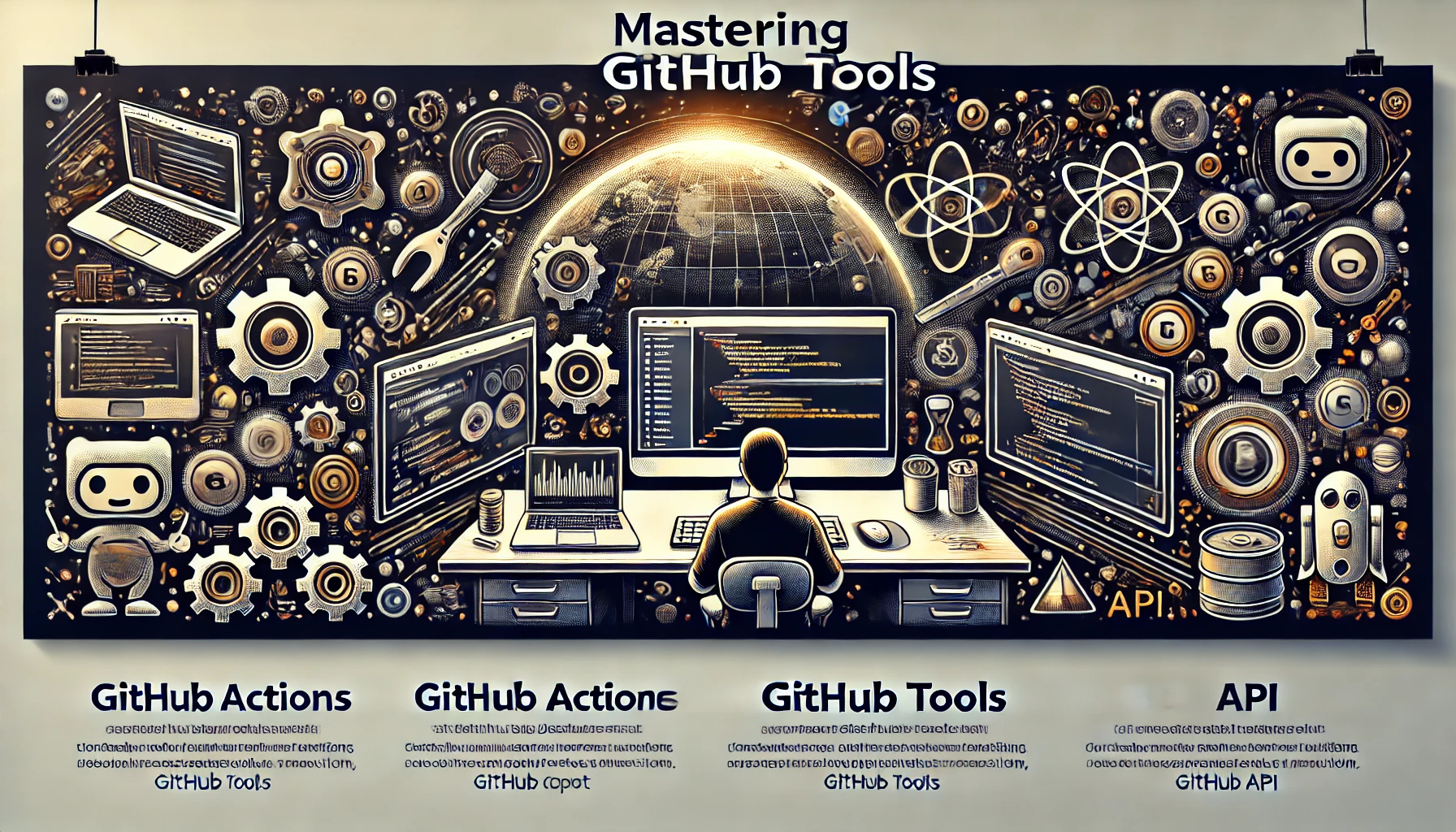Best ESP32 Projects: From Arduino IDE to Home Automation
The ESP32 microcontroller has become a favorite among DIY enthusiasts and professionals alike, thanks to its versatility, low cost, and robust features. Whether you’re interested in building a web server, diving into IoT projects, or experimenting with robotics, the ESP32 offers endless possibilities. This blog post will guide you through some of the most popular and exciting ESP32 projects, highlighting how you can get started with these innovative applications. Along the way, we’ll cover various subtopics such as using the ESP32 with Arduino IDE, setting up Bluetooth and Wi-Fi projects, and more.
Getting Started with ESP32 Projects Using Arduino IDE
The ESP32 Arduino IDE is an excellent starting point for beginners and experts alike. Arduino IDE simplifies programming, allowing users to quickly write code and upload it to the ESP32.
Setting Up the Arduino IDE for ESP32
- Install Arduino IDE: Download and install the Arduino IDE from the official Arduino website.
- Add ESP32 to Arduino IDE: In the Arduino IDE, go to File > Preferences and add the following URL to the Additional Board Manager URLs:
https://dl.espressif.com/dl/package_esp32_index.json. Then, go to Tools > Board > Boards Manager, search for “ESP32,” and install it. - Write Your First Code: Start with a simple “Blink” program to test your setup. Once successful, you’re ready to explore more complex projects.
Building an ESP32 Web Server: Control Your World Remotely
Creating an ESP32 web server is one of the most popular projects because it allows you to control devices remotely via a web interface. This project is perfect for home automation enthusiasts who want to control lights, fans, or other appliances from their smartphones or computers.
Steps to Create an ESP32 Web Server
- Hardware Setup: You’ll need an ESP32 board, a few LEDs, and resistors. Connect the LEDs to the GPIO pins of the ESP32.
- Programming: Use the Arduino IDE to write a web server code that can control the LEDs. The code should include HTML to create a basic web interface and functions to handle client requests.
- Deploy the Web Server: Upload the code to your ESP32, connect it to your Wi-Fi network, and access the web server via your browser using the ESP32’s IP address.
This project demonstrates the power of the ESP32 in IoT applications, enabling you to control devices from anywhere in the world.
Exploring ESP32 IoT Projects: Connecting Everything
The ESP32 IoT projects are incredibly diverse, ranging from simple sensor readings to complex automation systems. The ESP32’s ability to connect to Wi-Fi and Bluetooth makes it ideal for IoT applications.
Common IoT Projects with ESP32
- Smart Home Automation: Use the ESP32 to control lights, thermostats, and other appliances. Combine it with services like IFTTT (If This Then That) for automated triggers.
- Environmental Monitoring: Monitor temperature, humidity, and air quality using sensors connected to the ESP32. Log this data online using cloud services like ThingSpeak or Firebase.
- Security Systems: Build a home security system with motion detectors and cameras connected to an ESP32, sending alerts directly to your phone.
ESP32 Bluetooth Projects: Going Wireless
The ESP32 Bluetooth projects open up a world of possibilities for wireless communication. Whether you’re building a Bluetooth speaker, a health monitor, or a remote control, the ESP32’s Bluetooth functionality makes it a powerful tool.
Building a Bluetooth-Based Health Monitor
- Sensor Integration: Connect a heart rate monitor or other health sensors to the ESP32.
- Bluetooth Communication: Program the ESP32 to transmit data via Bluetooth to a smartphone app.
- Data Visualization: Use an app like nRF Connect to visualize the data in real-time.
Bluetooth projects are ideal for creating wireless health gadgets, home automation devices, or any project where wires would be cumbersome.
Implementing ESP32 Home Automation: Control Your Environment
Home automation is one of the most compelling uses of the ESP32. With ESP32 home automation, you can control lighting, heating, and even security systems through your smartphone or voice commands.
Popular Home Automation Projects
- Smart Thermostat: Create a thermostat that adjusts the temperature based on the time of day or occupancy, controlled via a web interface or an app.
- Automated Lighting: Set up lights that turn on when you enter a room and off when you leave. Integrate with voice assistants like Amazon Alexa for hands-free control.
- Security Cameras: Build a security system that streams video to your phone, using the ESP32 as the central controller.
These projects not only enhance convenience but also improve energy efficiency, making your home smarter and more eco-friendly.
ESP32 Sensor Projects: Sensing the World Around You
Sensors are the eyes and ears of any electronic system, and ESP32 sensor projects are no exception. The ESP32 can interface with a wide variety of sensors, making it perfect for environmental monitoring, security, and more.
Example Sensor Projects
- Weather Station: Use temperature, humidity, and pressure sensors to build a fully functional weather station.
- Soil Moisture Monitoring: Create a smart gardening system that waters your plants automatically based on soil moisture levels.
- Air Quality Monitoring: Track air pollution in your home or city by building an air quality monitor that detects particulate matter and gases.
These projects demonstrate the ESP32’s ability to gather and process data from its environment, making it invaluable for IoT applications.
ESP32 Camera Projects: Capture and Stream Video
The ESP32 camera projects are among the most exciting applications of this microcontroller. Whether you’re building a security camera or a time-lapse video recorder, the ESP32’s low power consumption and wireless capabilities make it an excellent choice.
Creating an ESP32 Security Camera
- Camera Module: Attach an OV2640 or similar camera module to the ESP32.
- Programming: Write code to capture images or stream video, and transmit it over Wi-Fi.
- Integration: Use a web interface to view the live feed from your camera, or store the footage on an SD card.
This project highlights the ESP32’s ability to handle complex tasks like image processing while maintaining low power consumption, making it ideal for remote or battery-powered devices.
ESP32 Wi-Fi Projects: Connecting Devices
Wi-Fi connectivity is one of the ESP32’s standout features, and ESP32 Wi-Fi projects can range from simple data logging to complex networked systems.
Example Wi-Fi Projects
- Data Logger: Build a data logger that uploads sensor data to a cloud service like Google Sheets or Firebase for real-time monitoring.
- Smart Door Lock: Create a Wi-Fi-enabled door lock that you can control from anywhere in the world using a smartphone app.
- IoT Dashboard: Develop a web-based dashboard to monitor and control multiple ESP32 devices in your home or office.
Wi-Fi projects demonstrate the ESP32’s ability to connect devices and systems, creating seamless and intelligent environments.
ESP32 Robotics Projects: Bringing Machines to Life
For those interested in robotics, ESP32 robotics projects offer a powerful platform to build and control robots. The ESP32’s processing power, combined with its wireless capabilities, makes it ideal for building mobile, autonomous robots.
Building a Simple ESP32 Robot
- Chassis and Motors: Start with a basic robot chassis and attach DC motors.
- Motor Control: Program the ESP32 to control the motors, using PWM (Pulse Width Modulation) for speed control.
- Sensors and Navigation: Add sensors for obstacle detection and navigation, allowing your robot to move autonomously.
Robotics projects are a fun and educational way to explore the capabilities of the ESP32, from simple line-following robots to complex autonomous machines.
Conclusion: The Endless Possibilities of ESP32 Projects
The ESP32 microcontroller is a versatile and powerful tool for a wide range of projects, from simple web servers to complex robotics. Whether you’re interested in IoT projects, home automation, or robotics, the ESP32 offers endless possibilities. By following the guides and examples provided in this blog, you can start building your own innovative ESP32 projects today.
For more in-depth tutorials and resources on programming and electronics, visit Regent Studies and explore a wealth of knowledge that can help you bring your ideas to life.
This blog has covered a variety of ESP32 projects to spark your creativity and help you get the most out of this powerful microcontroller. With its extensive features and wide range of applications, the ESP32 is truly a game-changer in the world of DIY electronics.




